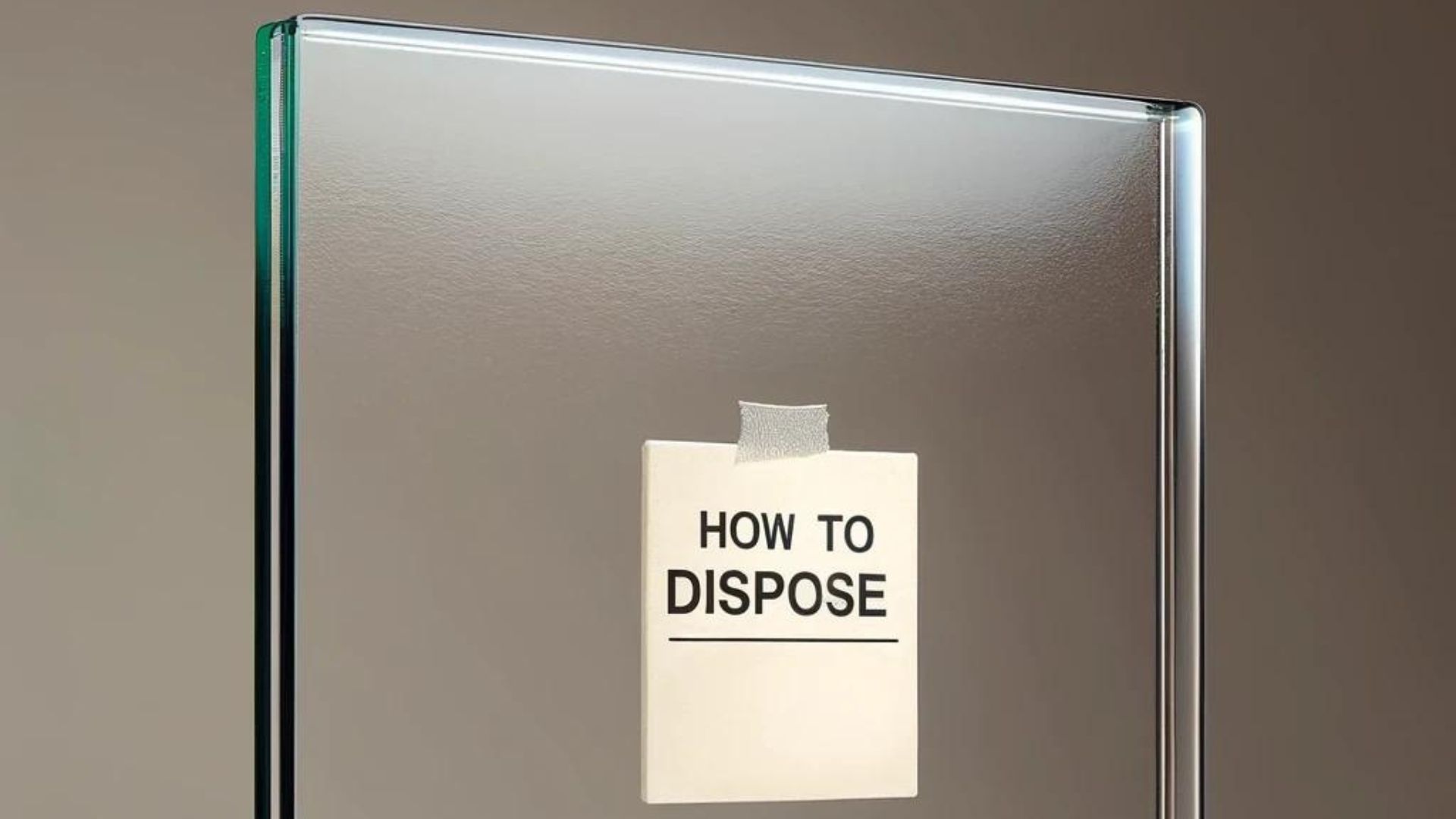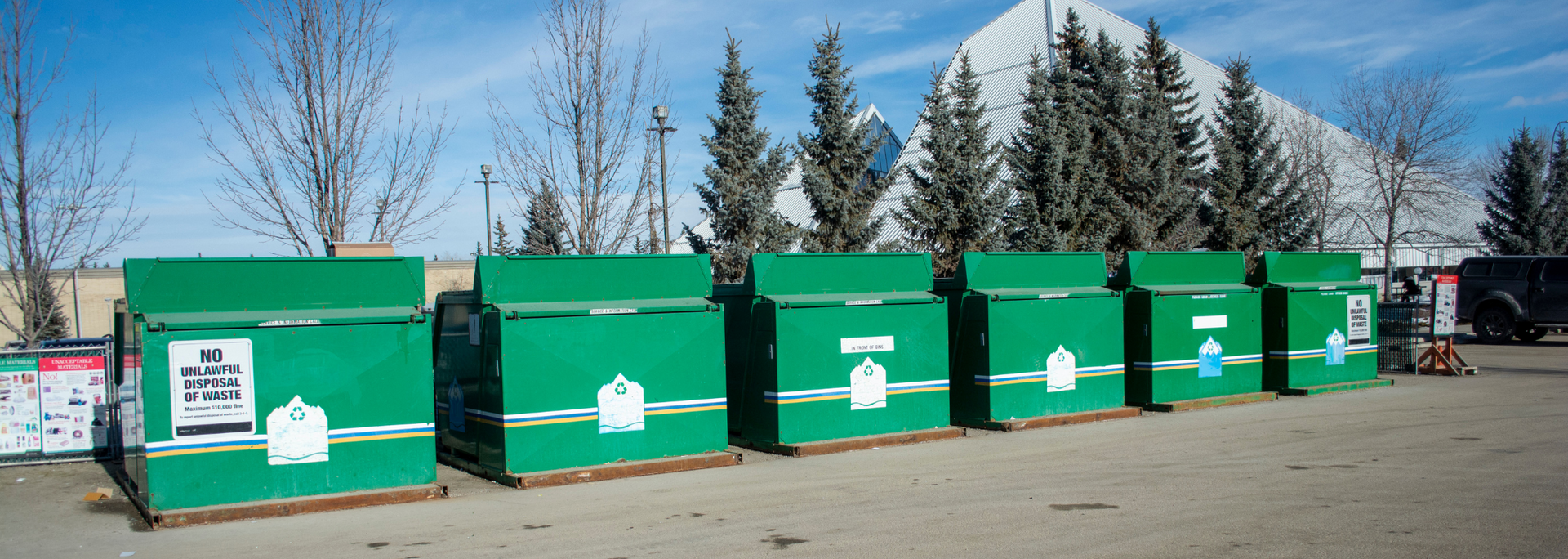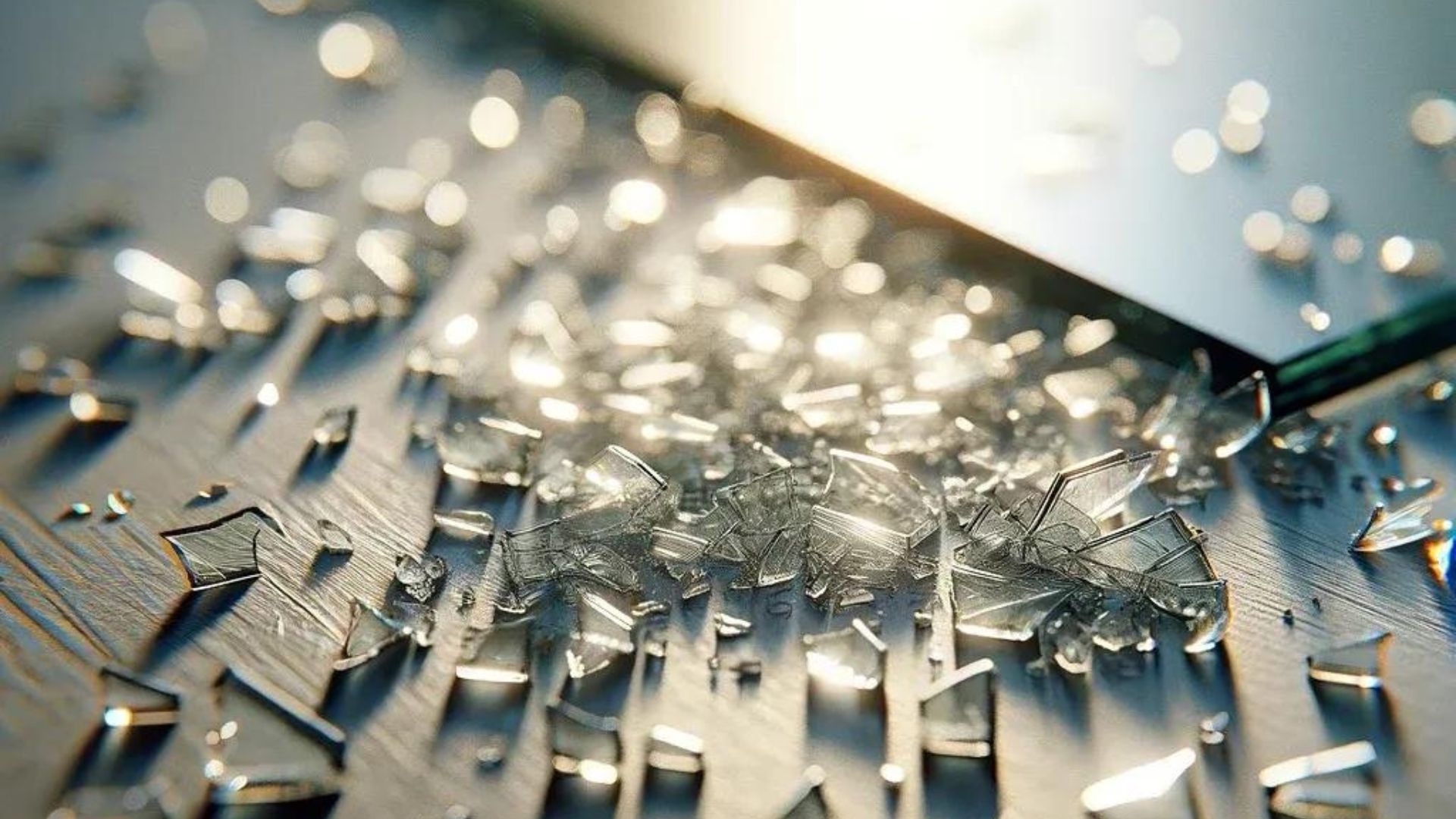
Like all types of glass, toughened glass has to be disposed of safely. Learn about best practices in our article.

Toughened glass is as tough as old boots. But that doesn't mean it's unbreakable.
When placed under extreme stress, toughened glass will break – but it does so in a specific way. Whereas annealed glass shatters into smithereens, toughened glass breaks into chunks.
This is one key reason why toughened glass is a form of "safety glass". In the event of breakage, the chance of injury to bystanders is minimised.
However, that doesn't mean broken toughened glass can be disposed of willy-nilly. Although its broken chunks are bigger than other kinds of glass, there's still a chance of injury to yourself and others. As with all forms of waste disposal, there are best practices to follow.
In this article, we look at how you should dispose of broken toughened glass, along with some tips and hints about ways to recycle it or sell it on.
Best practices for disposing of toughened glass
When disposing of broken toughened glass, your priority is to keep yourself and others safe.
Your first step should be to put on a pair of strong gloves – safety gloves, to be precise. Then, you need to wrap the large pieces of glass in sheets of newspaper or other paper.
Tie up your parcel of shards with string and then put it inside a large plastic bag. This "belt-and-braces" approach is essential to minimise the chance of injury.
Once you've done this, you need to clean the area where the glass fell. Your best bet is a hard-bristled broom.
Although glass breaks into large chunks, it also produces fine particles that can be hard to see. Even if you think you've cleared the area, there might still be pesky particles on the ground that could cut your feet at a later date. For this reason, it's important to thoroughly sweep the area several times.
How to recycle toughened glass
Huge quantities of glass go unrecycled every year. At a time when sustainability is high on many people's agendas, this is a far from ideal situation. Faced with broken toughened glass, it can be worth investigating whether there are options for recycling in your area.

You won't be able to put it in your normal recycling box but will have to find a specialist recycling facility. They will be able to deal with your broken glass.
That said, there are other opportunities for recycling broken toughened glass available. It can, for instance, be used in art, community and garden projects. There may be groups in your area that are looking for materials.
Finally, waste glass can be used as an aggregate in concrete. You may be able to find a concrete producer looking for materials.
Using waste glass for industrial aggregate
In the building industry, "aggregate" refers to a granular material used in the construction of cities, roads and homes.
Most of the time, aggregate material is extracted from quarries and then crushed into granular particles. However, industrial aggregates can be mixed with other materials – and waste glass is one of them.
This helps the construction industry work more sustainably rather than continually extracting virgin material. It's an example of the "circular economy", which emphasises waste reduction.
Using waste glass for art projects
Glass isn't just for architecture – it can also be used as a material for DIY art projects.
It can, for instance, be used as a canvas for painting. All you need is to clean it thoroughly and you're good to go. It can also be crushed up and used for mosaics.
So, if you've got toughened glass to dispose of, see if there are any art groups or community groups in your area that might benefit from it.
Selling old toughened glass
The scenarios we've looked at so far involve broken glass – but what if you're upgrading your glass, say, and your old panes are simply surplus to requirements?
In this situation, you can sell your glass to a scrap yard or to a private buyer. Someone might need your waste glass for a DIY project, be it a roof, greenhouse, partition or water feature.

Selling on your glass this way means your buyer gets what they need, you get an injection of cash, and you're not adding anything to landfill sites. Win-win-win.
Phone protectors
Phone screen protectors are made of either plastic or toughened glass. If you have one or more screen protectors spare and don't know what to do with them, you could consider donating them to a refuge, shelter, library or community centre.
People are always looking for replacement screen protectors but aren't always able to afford them. Donating them could make a small but tangible difference to somebody's life.
What happens to glass that isn't recycled?
Non-recycled glass usually ends up in landfill. This is where waste is crushed, compacted and buried under layers of soil in specialist sites.
The problem with this is that much of the waste takes many years to decompose. Moreover, landfill contributes to climate change in the form of greenhouse gas emissions. They also have a negative effect on the soil, water and fauna nearby.
This is one key reason why recycling in some form is so important. Whether you're a company or an individual, it's important to minimise your glass waste and look for ways to reuse it.
Conclusion
When you come to dispose of toughened glass, your number one priority is to do so safely. That means taking care of both yourself and others and applies whether you're selling it, donating it or getting it recycled.
Good-quality toughened glass won't break in a hurry – but it can happen. When it does, make sure you dispose of it with care.
Are you looking for
toughened glass panels from an experienced, flexible processor?
Get in touch with ToughGlaze today for a quick, honest quote.
This is a paragraph. Writing in paragraphs lets visitors find what they are looking for quickly and easily.
This is a paragraph. Writing in paragraphs lets visitors find what they are looking for quickly and easily.

| ToughGlaze LTD






